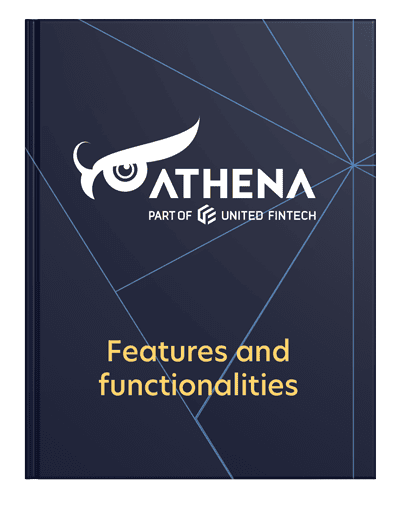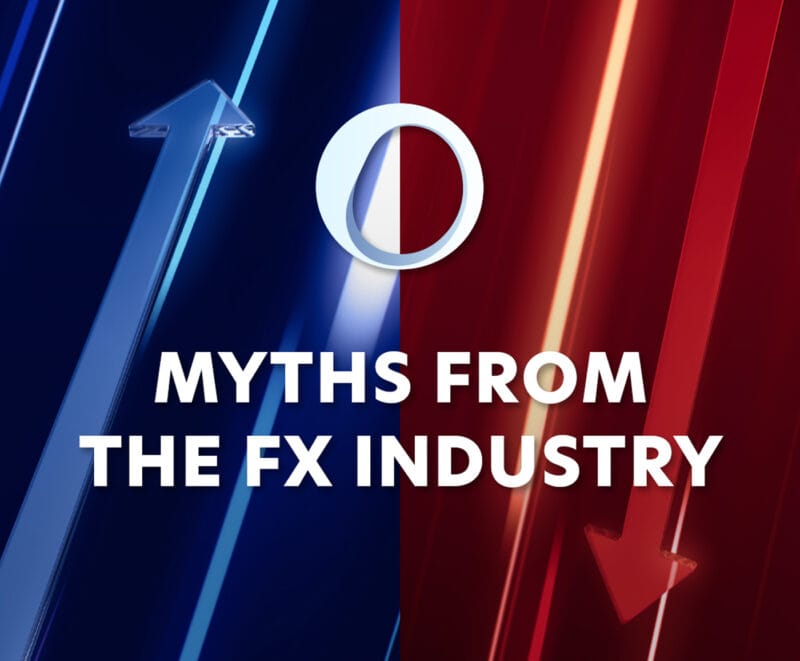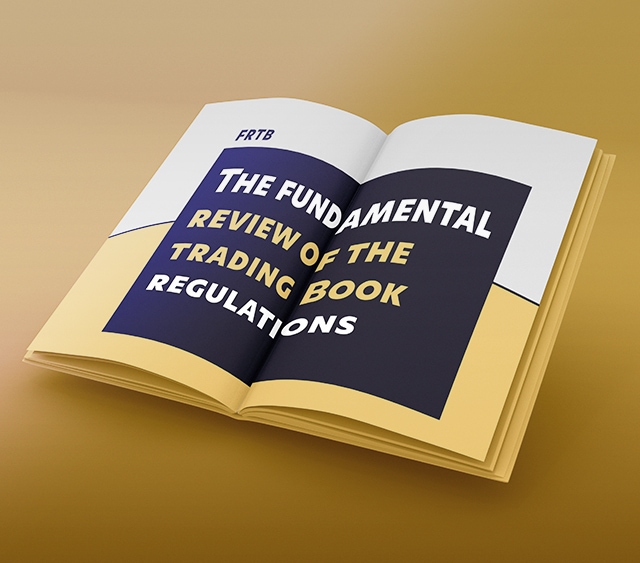In this introductory guide, we’ll take a look at two different methods investors use to help them assess a security’s value: carrying value and fair value, as well as how to define and calculate them.
Jump to the definitions:
How much is a security really worth? This is one of the most essential questions in investing, and one that fundamental analysts and value investors aim to answer by analyzing information such as company financials.
They study available data to calculate the intrinsic value of stocks based on the value of a company’s assets and then compare their valuation to the current market price. This tells them whether a stock is fairly valued, undervalued or overvalued and helps them decide whether to hold, buy or sell.
For derivative securities such as futures and options, investors look at the underlying assets to calculate value and assess risk.
Learn more about how to evaluate options using the Greeks.
But surely this is all just an accounting exercise you could automate, right? Well, it isn’t quite that simple, as there’s no one way to determine value, and investors will frequently interpret the same data differently.
Experts have developed various different valuation methodologies over the years, and investors use their own custom hybrid models in a bid to get an edge on the competition. Increasingly, investors leverage sophisticated tools and platforms to help inform their investment decisions, too.
But, before we dig into the finer details of two of these valuation methods – carrying value and fair value – first, a quick word on standardization… whoever said the world of finance and investing wasn’t exciting?
How do you define fair value and carrying value?
While there’s scope for different interpretations of data, it’s not exactly the wild west either.
International accounting standards inform how fundamental analysts use and interpret company financial information to determine value.
Among the main international accounting standards are:
- The International Financial Reporting Standards (IFRS) – the most widely used, originating in Europe and now used in 166 countries. The IFRS replaced the International Accounting Standards (IAS), although some articles of the IAS are still valid.
- The Generally Accepted Accounting Principles (GAAP) – used in the US.
We’ll look to their definitions in our overviews of fair value and carrying value below.
Carrying value: an overview
What is carrying value?
Carrying value (also referred to as ‘carrying amount’ or ‘book value’) is a calculated current value for a company’s assets, taking into account any accumulated depreciation or amortization. Analysts derive the value from a company’s balance sheet.
Generally speaking, it represents the company’s equity and is the same as the company’s net book value (or net asset value) – although these definitions aren’t always used interchangeably.
IAS 36 defines carrying value as “the amount at which an asset is recognized in the balance sheet after deducting accumulated depreciation and accumulated impairment losses.”
When a company first buys an asset, its carrying value is simply its cost. Over time, though, the asset’s value changes. Fixed assets depreciate, while intangible asset costs are amortized.
How is carrying value calculated?
The formula for calculating the carrying amount of an asset differs depending on whether the asset is tangible or intangible.
- Carrying value formula for a tangible asset: Carrying value = original price – depreciation value
- Carrying value formula for an intangible asset: Carrying value = original price – amortization expense
For example, a logistics company owns tangible assets that include an automated warehouse, robotics machinery that packs deliveries, and lorries that make deliveries.
The original price it paid for the machinery was $5 million. Let’s say the machinery has an asset lifetime of 20 years and a yearly depreciation value of $25,000.
The carrying value of the machinery is $4.5 million (carrying value = $5,000,000 – (20 x $25,000).
Fair value: an overview
What is fair value?
The fair value of an asset is calculated on a mark-to-market basis – it’s the amount that would be paid for it on the open market, or in other words, the exit price. Essentially, as far as investors are concerned, it represents the current market price.
Both the IFRS and the US GAAP define fair value as “the price that would be received to sell an asset or paid to transfer a liability in an orderly transaction between market participants at the measurement date.”
Where there is no open market, analysts can struggle to assess fair value – for example, for unique, first-of-its-kind or highly specialized technology. New tools and platforms are being developed, however, that can help investors with these areas.
How is fair value calculated?
Investors calculate the fair value of a stock in different ways, including by looking at the market and comparable companies and transactions, and by looking at income and cash flow.
One common method for calculating fair value is to take a stock’s price-to-earnings ratio (P/E ratio) and compare it to the average P/E ratio for the industry.
The P/E ratio is the stock’s price per share divided by earnings per share, which is equal to the company’s profit divided by the number of shares issued.
For example, PharmaCorp is a pharmaceutical company. Its shares are trading at £120 a share. There are 2 million PharmaCorp shares in total, and the company’s profits are £1.5 million.
Its earnings per share are 75p: £1.5 million / 2 million = £0.75
Its P/E ratio is 160: £120/0.75 = 160
An investor analyzes similar-sized pharmaceutical companies and finds the average P/E ratio is 180.
This indicates PharmaCorp is trading below its fair value (160<180). It is undervalued and the investor will likely issue a buy order.
Carrying value vs fair value: at a glance
- Carrying value and fair value are two different methods for assessing the value of a company’s assets. While carrying value is entity-based, fair value is market-based.
- Investors use carrying value and fair value calculations in investment decisions – they compare their calculations to market prices to find undervalued or overvalued securities.
- Carrying value is calculated based on the company’s financial statement.
- Fair value is calculated on a mark-to-market basis – it reflects the current market value of an asset.
- Fair value is difficult to calculate where no open market exists.
- As well as their own complex valuation and pricing models, investors use software and data platforms to help inform investment decisions.
Technology can help – here’s how
At United Fintech, we bring you the best FinTech and RegTech tools, products, and solutions—all in one place.
We enable banks and financial institutions to access innovative digital technologies — including real-time data, trading charts, and financial news — by partnering with engineering-led fintech companies with proven capital markets products.
You can book a call with one of our experts here, or read more about United Fintech here.














